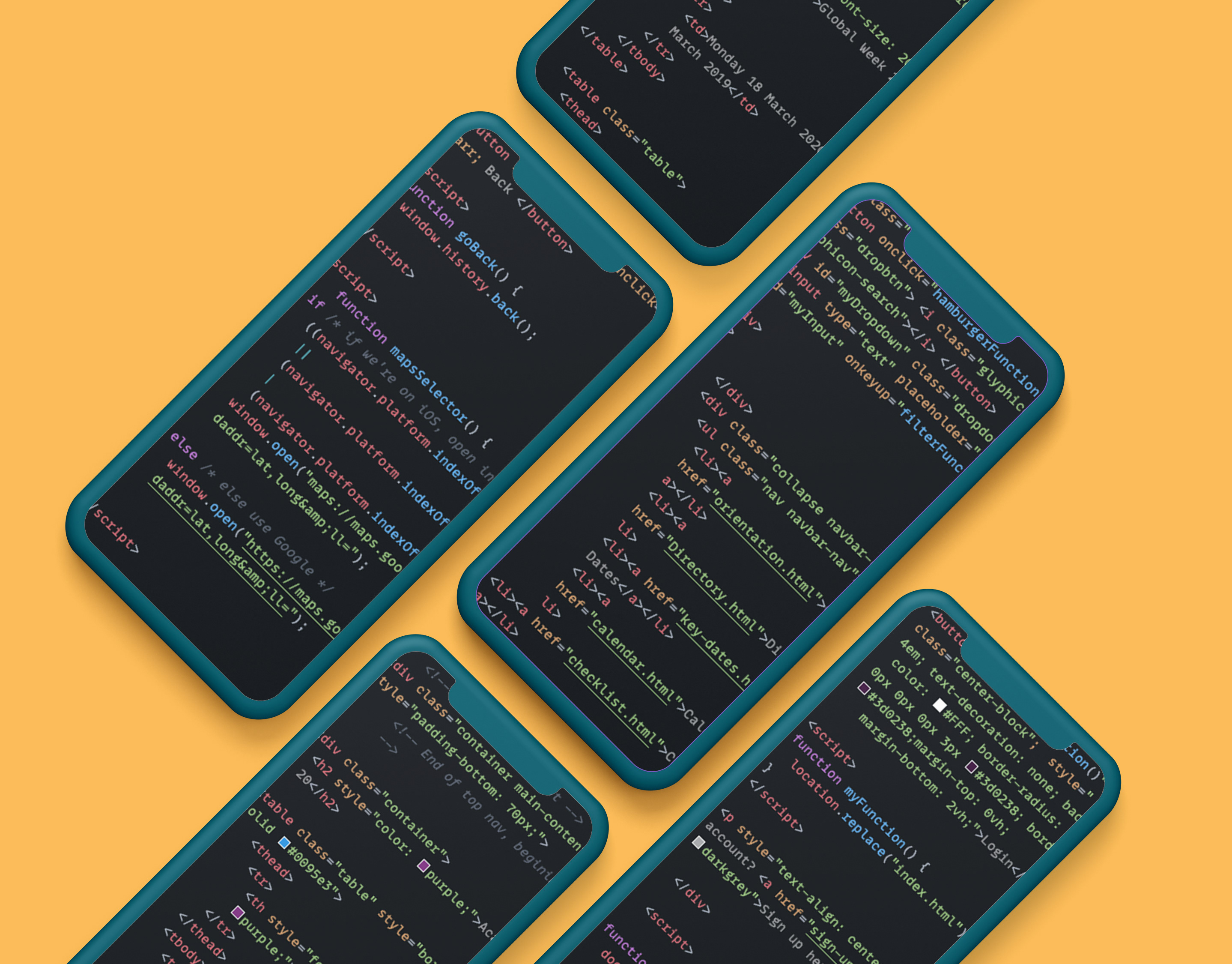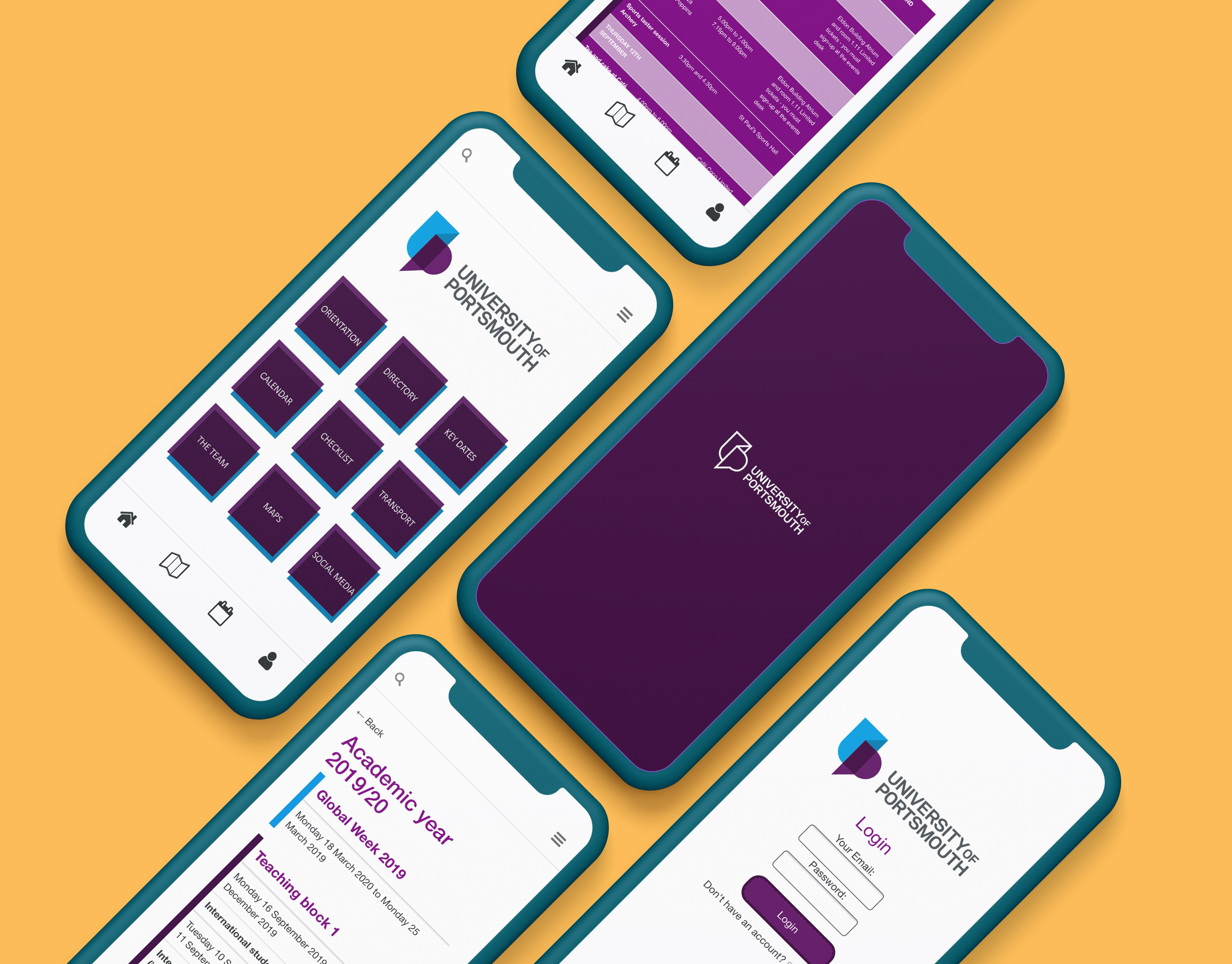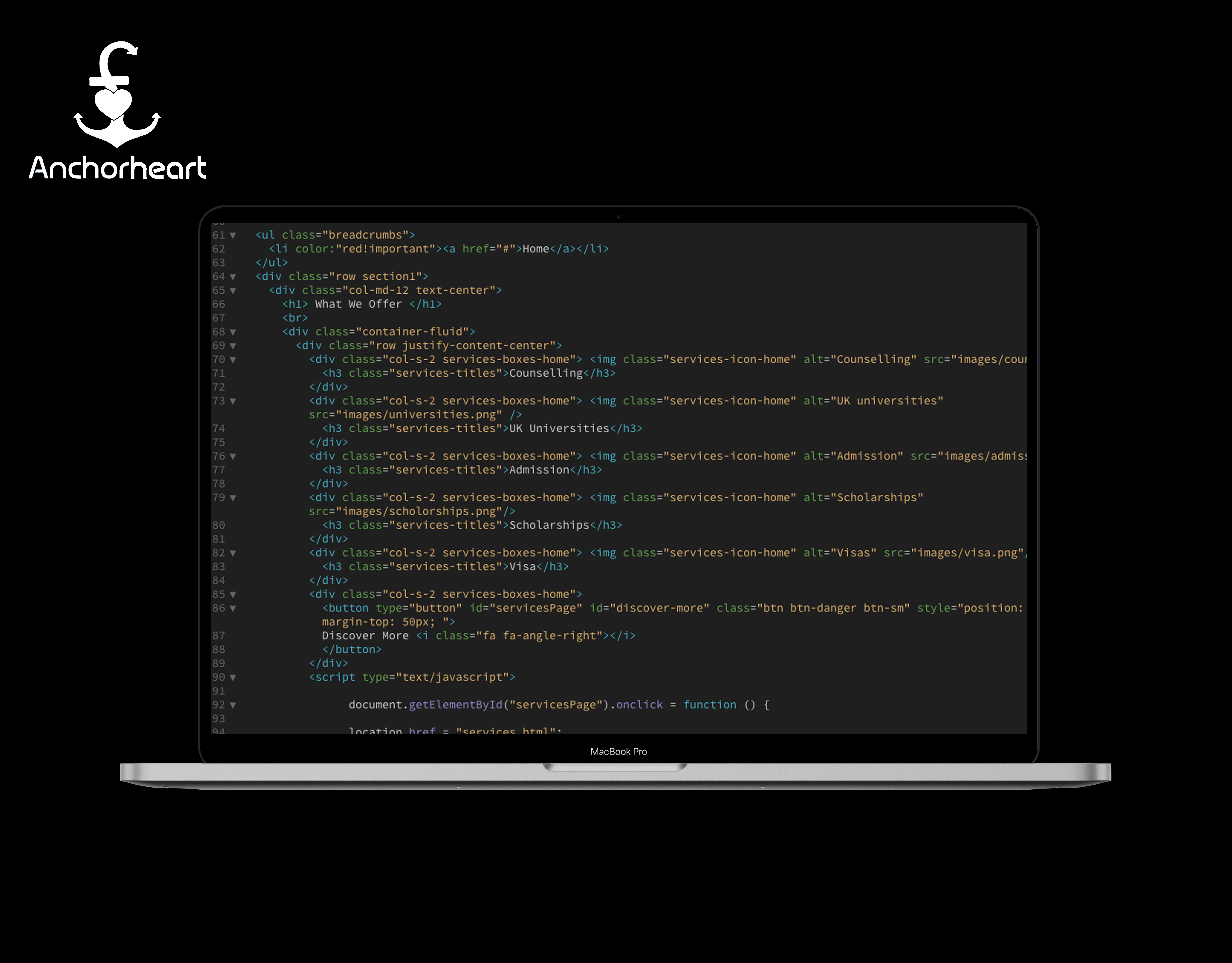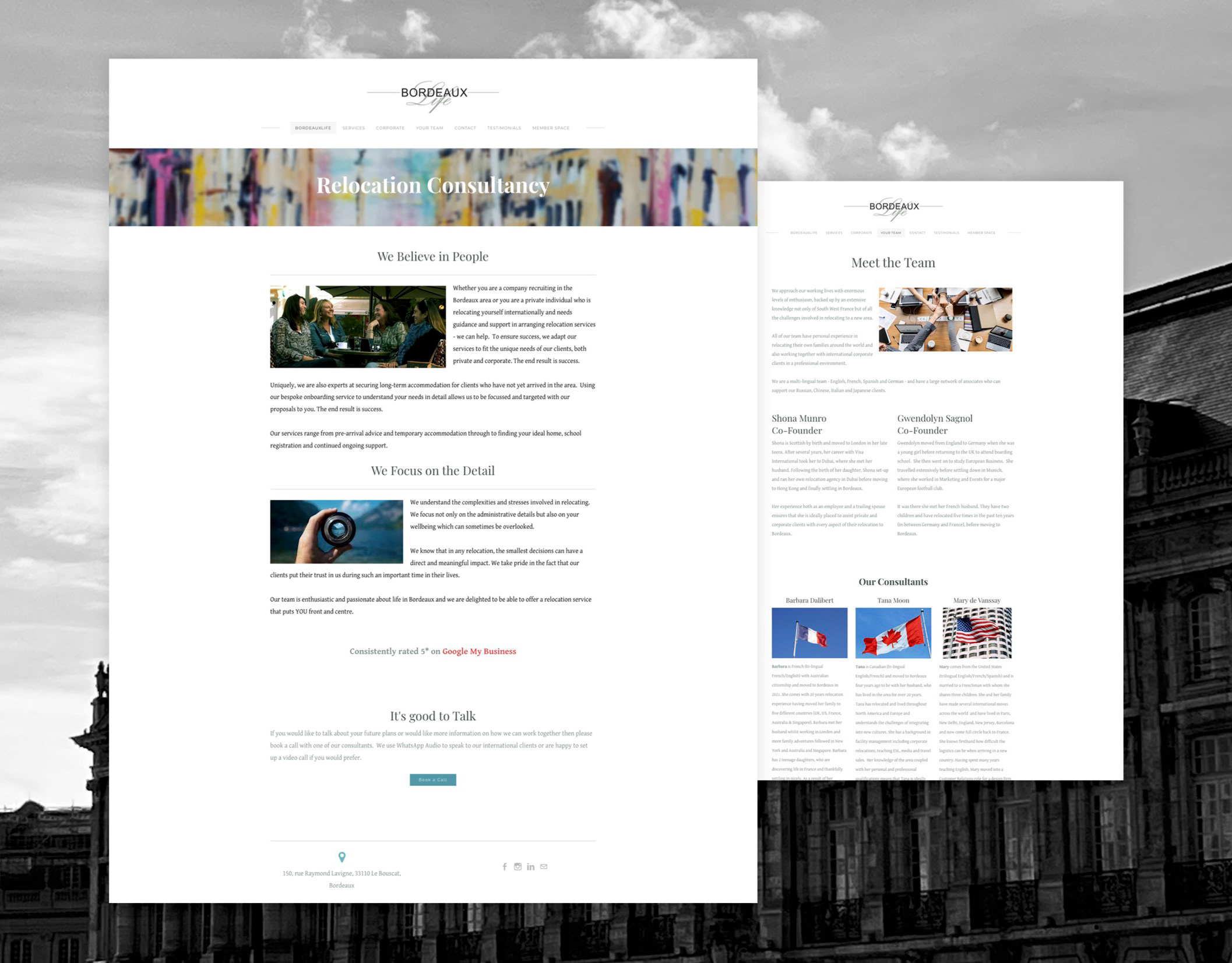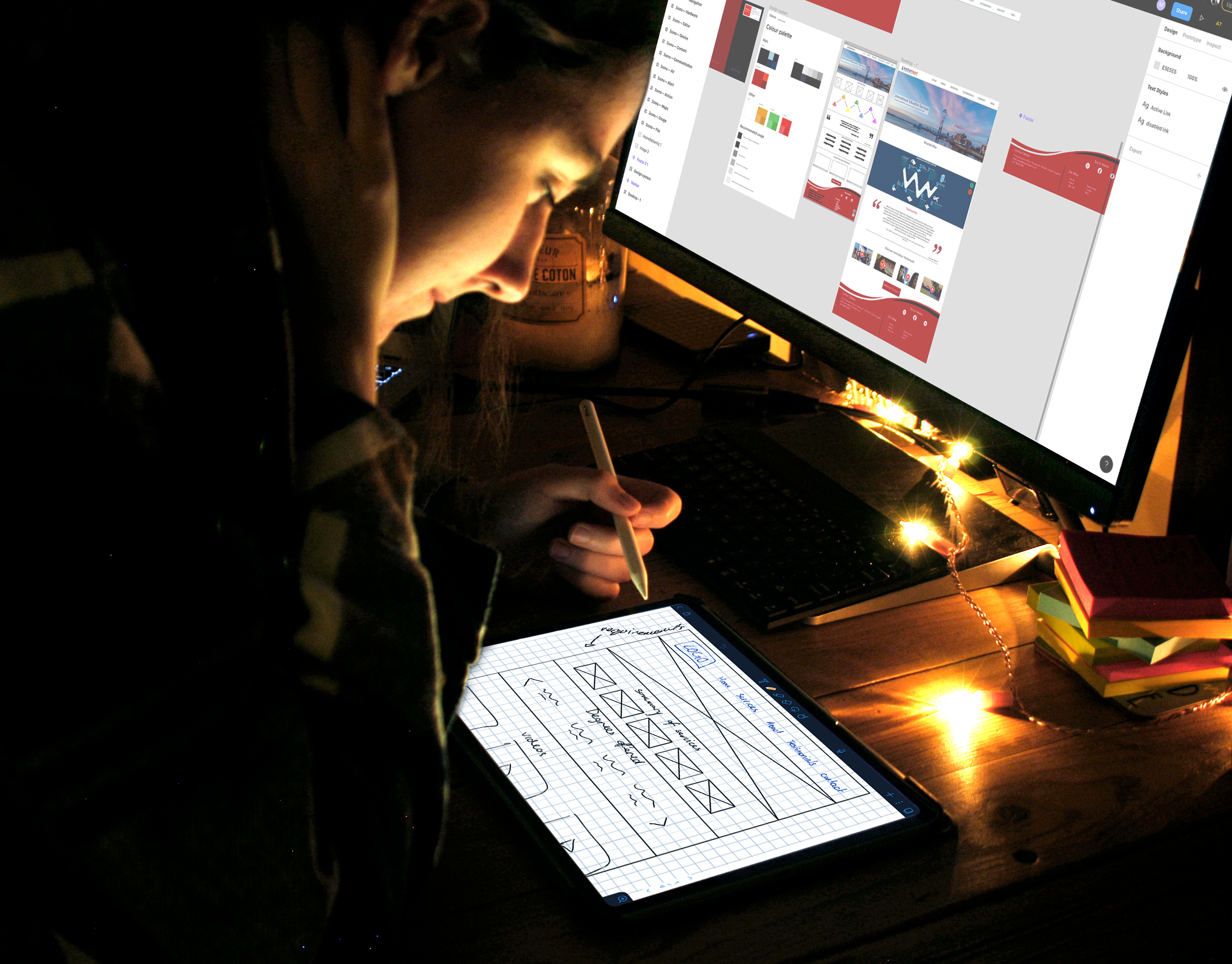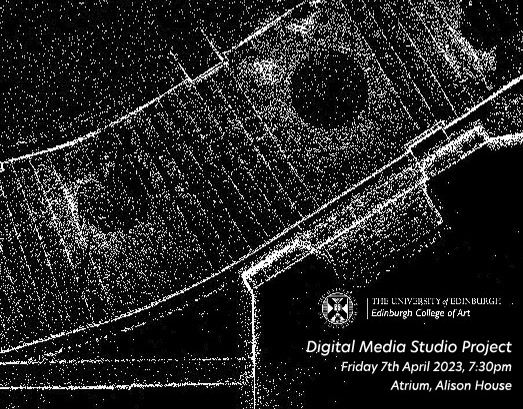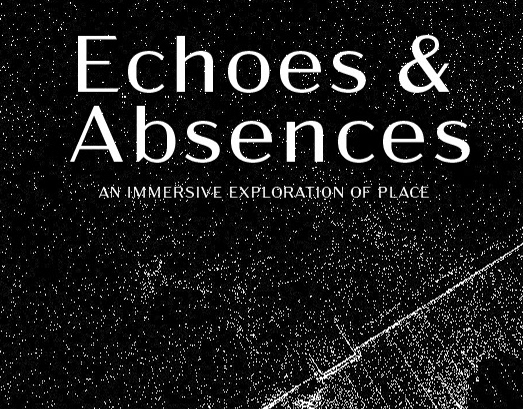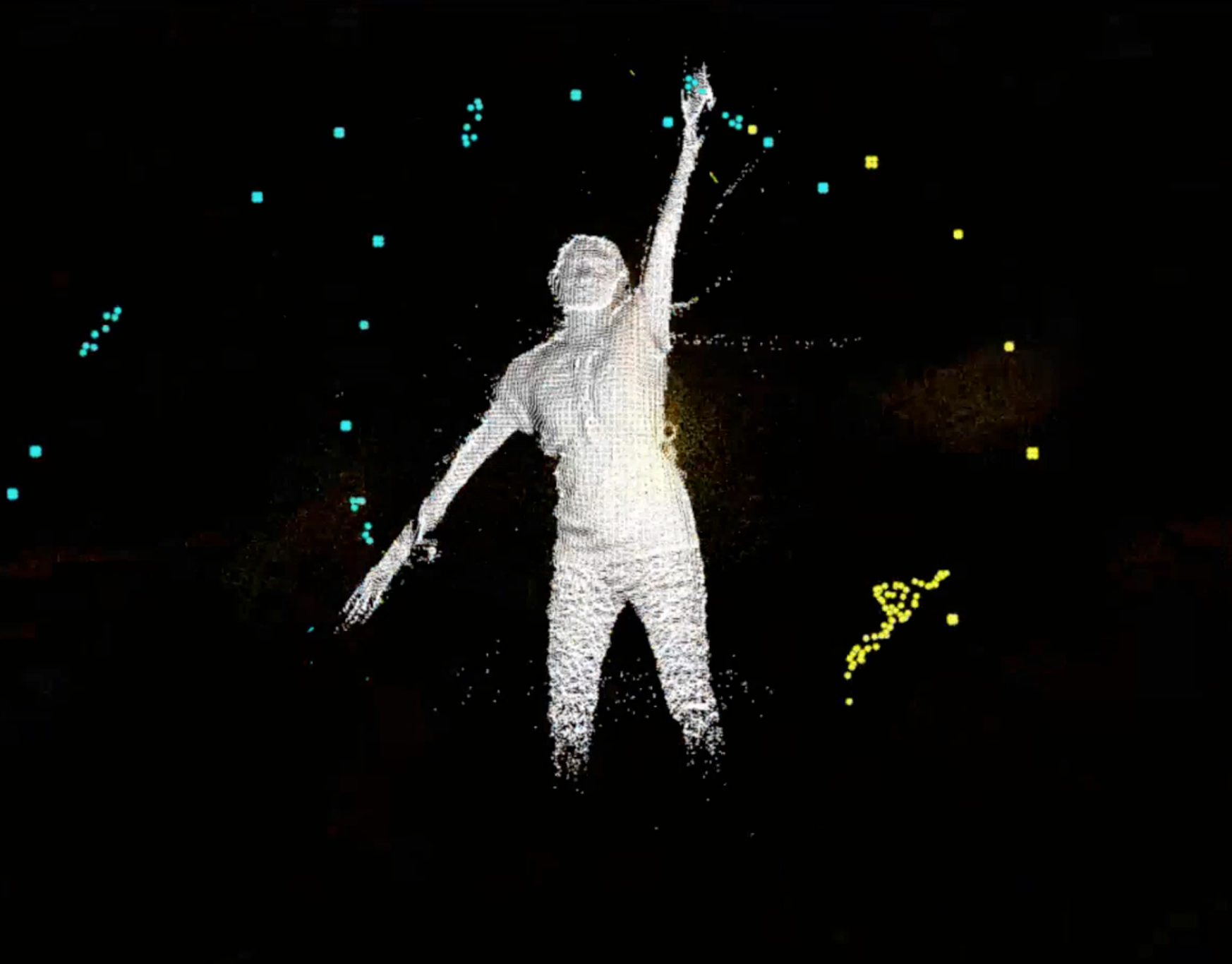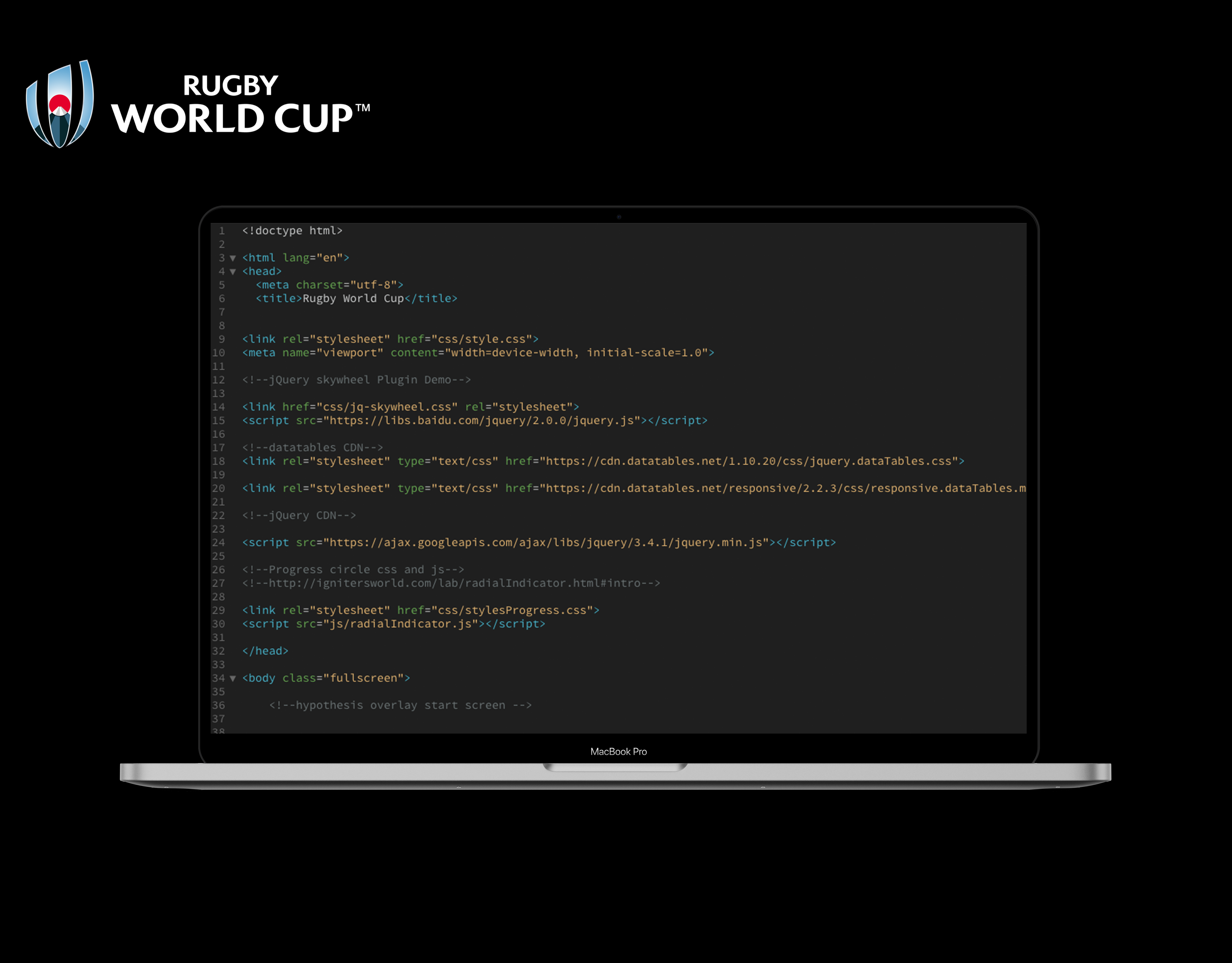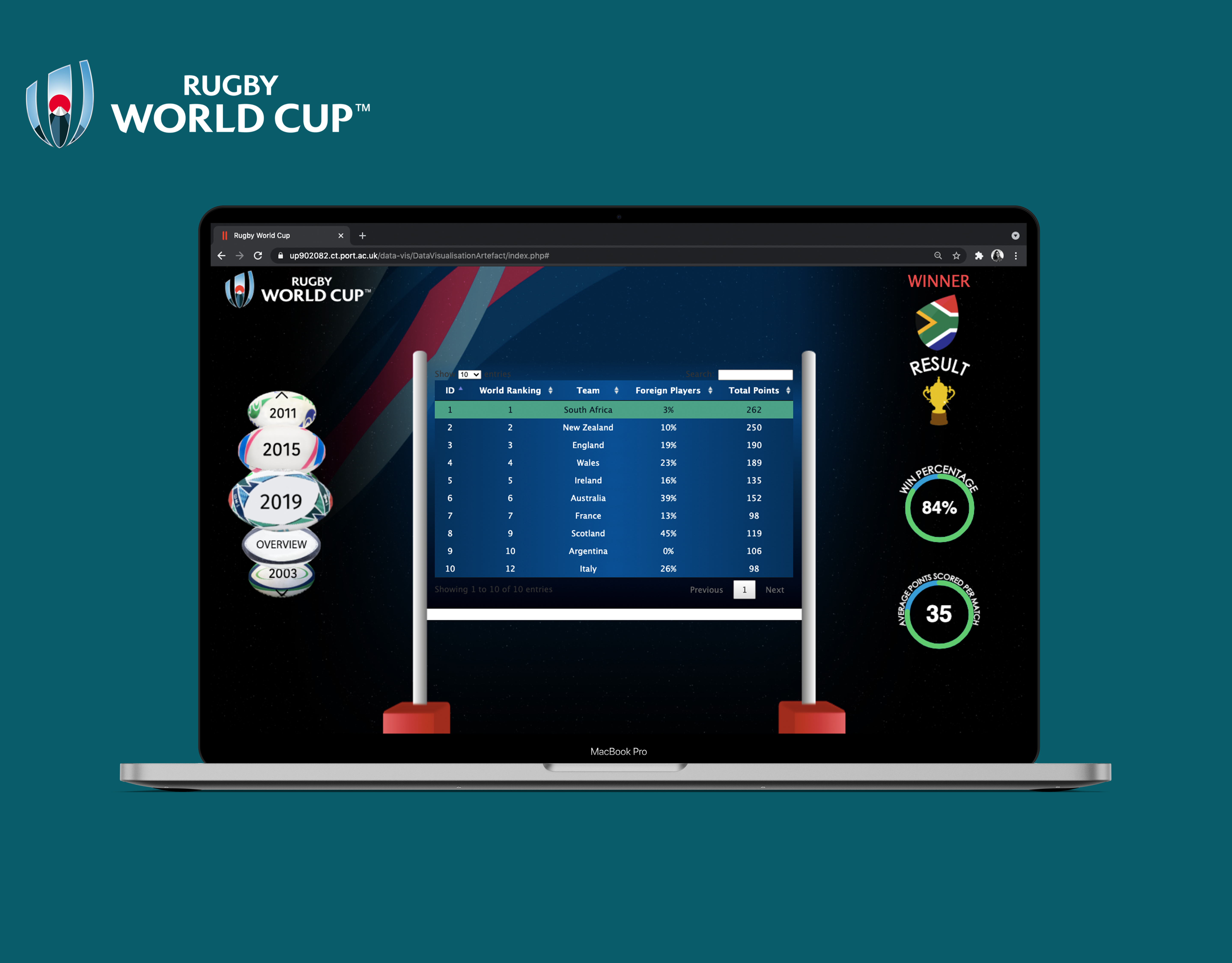This project took place during the COVID-19 Pandemic. All government safety guidelines were followed in the user testing phase.
Project Type
University Coursework, Batchelor's in Digital Media, University of Ports
Module
Final Year Project, Dissertation
result
Final mark: 82%
Abstract
Multiple Music-Haptic Wearables (MHW) and prototypes have been created and tested; however, there is a gap in the research of how user control can be introduced into the music-haptic experience. This project aimed to analyse the user’s reaction and interaction with a vibrotactile experience when they are given control over the elements of Rhythm, Melody and Dynamics, to alter the music-driven vibrational generation and subsequently, the vibrotactile output. Multiple preliminary studies, including a user study, were conducted. Quantitative, qualitative and behavioural data was collected in order to determine the effect of direct user control on the overall experience. Behavioural statistical analysis with SPSS was used to analyse the results. It was found that there is a positive reason to include informed direct user control as it enhances the experience. It is concluded that, based on these findings, the user’s ability to easily understand and personalise the control type delivers an optimum experience. This could result in a MHW to be used in an everyday setting.
Video 1: first prototype testing
Video 2: Final Prototype construction & testing
The User Study
Issue:
Gap in both research and commercial devices where there is a lack of device personalisation beyond adjusting the volume of the music.
Action:
Build a wearable device and conduct a study allowing user to control the rhythm, melody and intensity of the music which directly correlates to the feel of the audio-driven vibrations.
Impact:
Objective is to see how added user control affects the music-listening experience. Behavioural analysis will provide insight into how they use the controls. Real life applications of this device include:
• Live music experience from the comfort of the home (E.g. during a pandemic!)
• For musicians: metronome, feel connected to their instrument.
• Beneficial for the hearing-impaired community
The hypotheses for this project are:
1) The results of the qualitative questionnaire will correlate the results of the quantitative and biometrical data.
2) This specific case of added user control will have an impact on the experience in general.
Preliminary research: Online Survey
Linking the questions to the research question sub-category (can you tell I watch a lot of true crime)
Transforming it into a survey question hierarchy
Results:
51 responses, out of which 66.7% responded yes to wanting to experience musical vibrations in their home, like a live concert. 47% had heard of other haptic devices, however the only ones they had experienced were in a gaming situation (controller haptic feedback or VR devices).
Most popular genre selected was pop with 56.9% and alternative with 43.1%. Based on the Billboard top charts by genre (Billboard, 2021), the top pop song as of April 2021 was Save Your Tears by the Weeknd ft. Ariana Grande and the top Alternative song was Shy Away by Twenty One Pilots.
A further breakdown of the survey results can be read in the full paper linked at the top of this page.
These results helped inform the physical design of the prototype and subsequent user testing.
Artefact Design
Testing of the artefact was done periodically, after each design change or software alteration. Continuous testing was not able to involve external participants due to time constraints and government enforced social distancing.
Artefact sketch with the components

Arduino Uno and a Bash shield to connect the vibration motor cables.
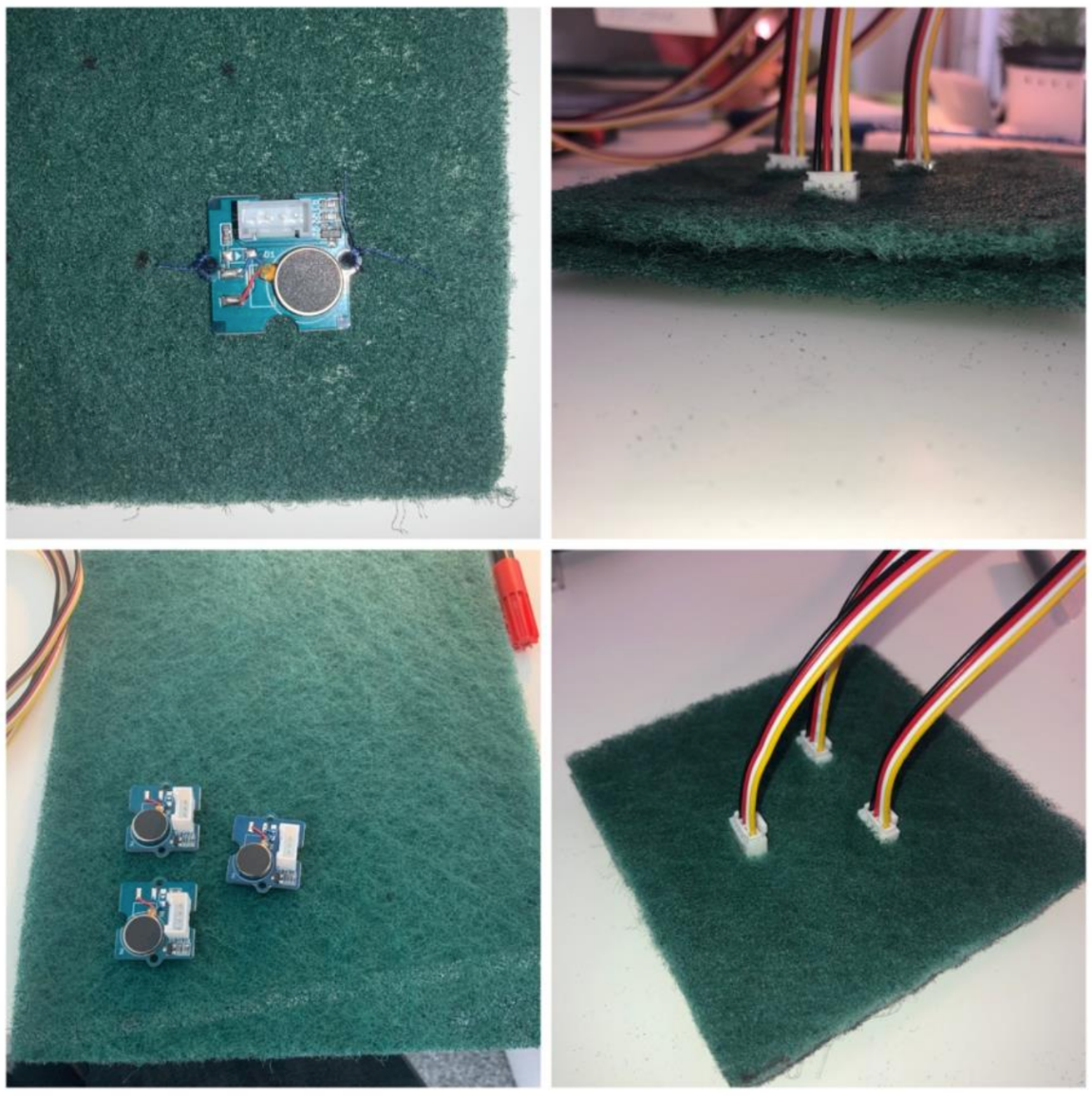
Sewing the motors to a rough material
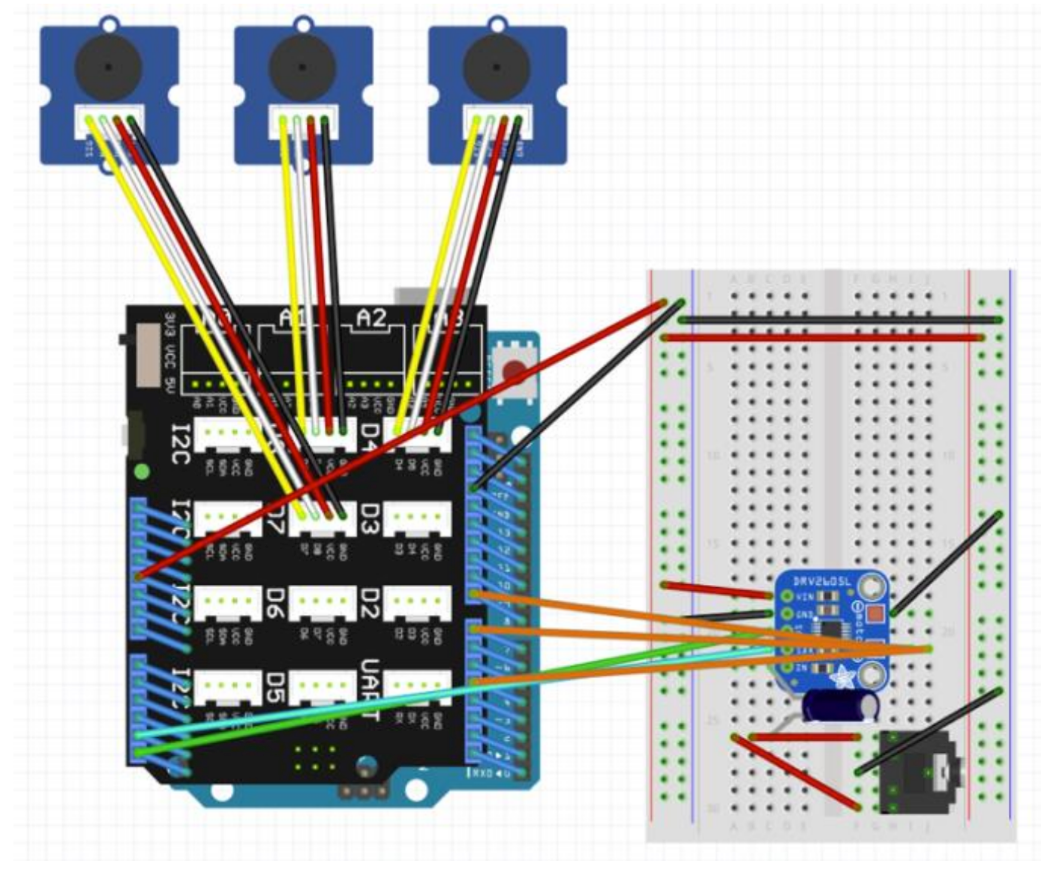
Circuit diagram

Sketch of the wearable prototype
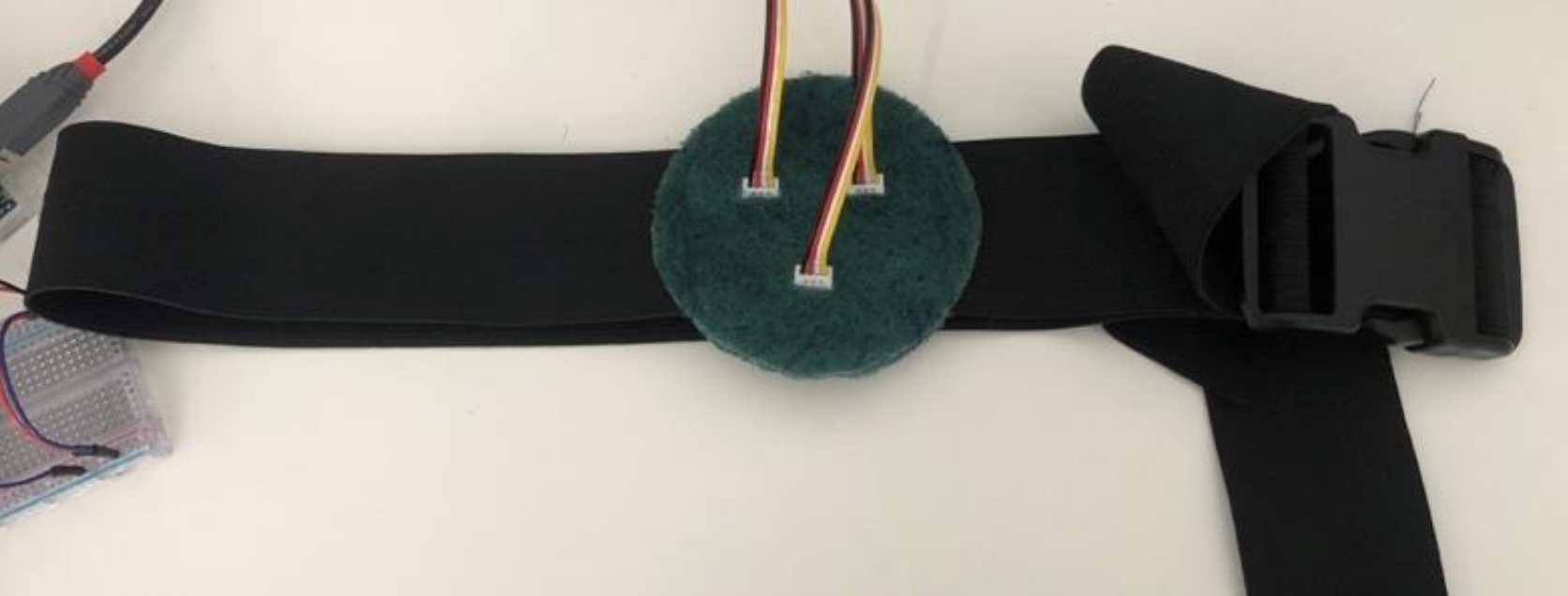
Final prototype
Final User Study
The hypotheses for this project were:
1) The results of the qualitative questionnaire will correlate the results of the quantitative and biometrical data.
2) This specific case of added user control will have an impact on the experience in general.
1) The results of the qualitative questionnaire will correlate the results of the quantitative and biometrical data.
2) This specific case of added user control will have an impact on the experience in general.
The results conclude that both hypotheses can be accepted with a confidence level of 95%. For (1) there is a positive correlation between the qualitative questionnaire and the quantitative and behavioural results. For (2) there is a positive impact of user control on the experience.

